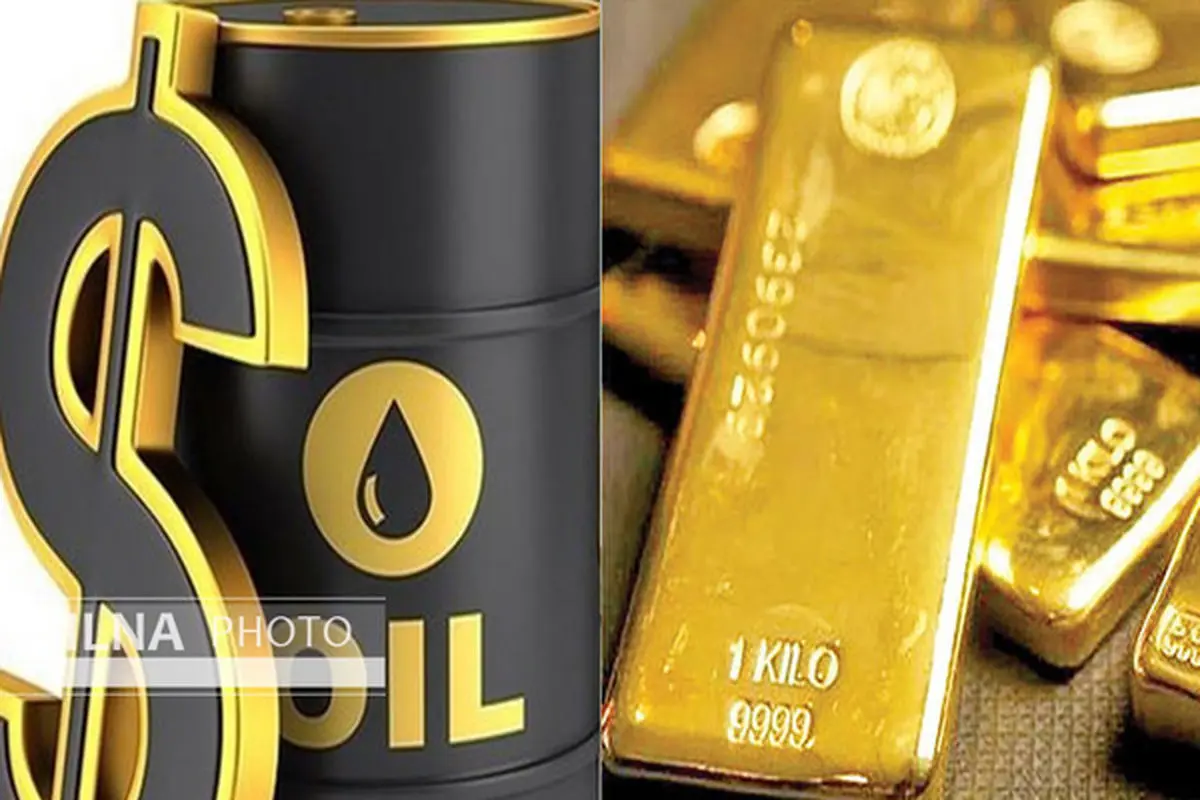Oil steadies near $50 after surging on surprise Saudi output cut

Oil steadied in Asia after surging to a 10-month high on Saudi Arabia’s pledge to cut an extra 1 million barrels a day of crude output in February and March as a rampant coronavirus leads to more lockdowns.
Futures in New York traded near $50 a barrel after jumping 4.9% on Tuesday. OPEC+ reached a deal following two days of talks to curb supply over the next two months. The move by Saudi Arabia, the group’s de-facto leader, paved the way for other producers to keep supplies steady and for Russia and Kazakhstan to lift output by a combined 75,000 barrels a day in both February and March.
The kingdom’s pledge, which Russia’s deputy prime minister called a “new year gift” to the oil market, comes amid more stay-at-home orders and travel restrictions to rein in a surge of virus infections. Germany extended its lockdown, Japan reported a record number of daily cases, and Dalian in China asked people more vulnerable to Covid-19 to leave the city amid an outbreak.
OPEC+ faces a complex demand outlook as it decides how to move forward with its output plan month by month. There are indications that parts of the global economy are staging a comeback, with a gauge of U.S. manufacturing expanding last month at the fastest pace since 2018, but other areas that seemed to be recovering are wavering. Goldman Sachs Group Inc. said the Saudi move likely reflects expectations for oil demand to weaken further.
“The 1 million barrel per day reduction is nothing to scoff at and it will tip the market back into a supply deficit for the first quarter at least, even if demand is set to dip slightly on the new virus strain,” said Howie Lee, an economist at Oversea-Chinese Banking Corp. “The message is now loud and clear that Saudi Arabia is there to guard the fragile equilibrium in this market.”
West Texas Intermediate for February delivery added 0.1% to $49.98 a barrel on the New York Mercantile Exchange as of 7:48 a.m. in London Brent for March settlement rose 0.5% to $53.86 on the ICE Futures Europe exchange after closing up 4.9% on Tuesday
The Saudi decision and the rally in prices may give the U.S. shale industry some room to begin snapping up market share, though financial hardships from the pandemic and investor expectations remain obstacles. It’s an especially sweet gift for U.S. shale drillers, said Helima Croft, chief commodities strategist at RBC Capital Markets. Shale stocks subsequently surged.
The American Petroleum Institute reported that U.S. crude inventories fell by 1.66 million barrels last week, according to people familiar with the data, which would be the fourth straight weekly drop if confirmed by official figures due Wednesday. The API reported sharp jumps in gasoline and distillates stockpiles, however, a sign the virus is damping demand for fuel.
The oil futures curve reacted to the Saudi move. Brent’s prompt time spread was 13 cents in backwardation — where near-dated prices are more expensive than later-dated ones — compared with a 7-cent contango on Monday. That’s a bullish signal that the market is comfortable with the supply-demand outlook.
END
